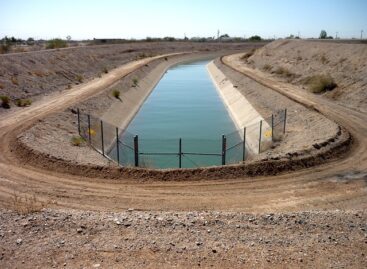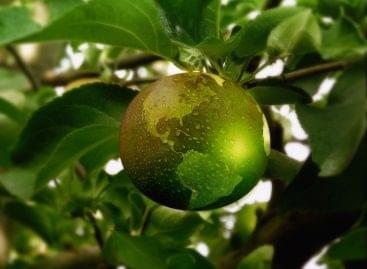The world of rose wines
This category carries certain difficulties either for the producers or for the consumers. To produce a good rosé is one among the more difficult technical challenge for the oenologists. The consumer expectation is rather varied, difficult to follow. The product range and volume is reduced, but more complex and rosé supply is very diverse in terms of their color and taste. The rosé wine carries at the same time the characteristics of the white and light red wines, provides a certain combination of them. These wines are “universal” because they can replace the white and light reds wines ass by reason of its “double” characters. The rosé consumption is rather seasonal, what is due to the summer period because of warm days counting on the refreshing characteristics of rosé. The rosé market is different from the other wines – the consumption is remarkable local (countryside, wine routes, traditional restaurants, etc.). The wine market globalization have not had significant impact on these wines for its deeper local roots. The lack of knowledge on rosé in general, and on rosé producing area might cause difficulties bot h for the producers to promote their product in external markets and for the consumers to select their choice. The rosé is rather sort of European wine (France, Italy, Spain), where the market share can exceeds up to 10 %. The larger importers, these are Germany, Great Britain and the United States. More intensive promotions take place for the internal wine markets because of the “national” drink characteristics. We can note an increase in the consumers’ interest towards the rosé with a reduction seasonality and the change of taste, but the occassionality still remains important. The rosé consumption moreover increases among the young people, the women, the neophytes and the festival consumers. This evolution can be to explain by its easy to understand and to drink characteristics and the new food practices (e.g. “fast-food”). But it is very important for the producers to prepare themselves well to the rapid changes in wines taste and in style – mainly on the markets of the consumer countries. The Hungarian rosé market is underdeveloped compared to the other wines, but its consumption is constantly but slowly increases. The rosé production was in all the wine areas of red wines. The principal varieties are the Kékfrankos, the Cabernet sauvignon and franc, Kadarka, Merlot, Pinot noir, Portugieser and Zweigelt. According to recent rosé production the more important producing areas are as follows: Sopron, Villány, Kunság, Szekszárd, Eger and Balatonboglár. The price the rosé is between the range of 500 and 1500 HUF per bottle, which makes it competitive and gives a better market positioning to rosé against the reds.
Related news
Related news
Irrigation water resources equivalent to one-third of Lake Balaton are available
Despite the extraordinary drought and lack of precipitation, we can…
Read more >Free irrigation water provided to farmers is a key element in the fight against drought
Free irrigation water provided to farmers is a key element…
Read more >Corporate leaders’ commitment to sustainability at record level
According to the latest data from the K&H Sustainability Index,…
Read more >



